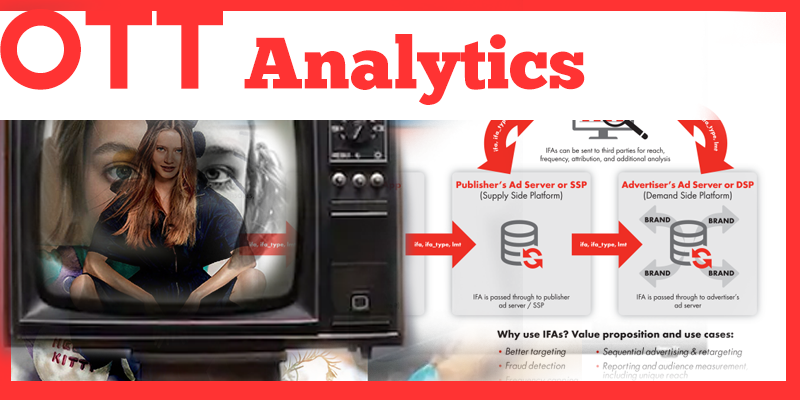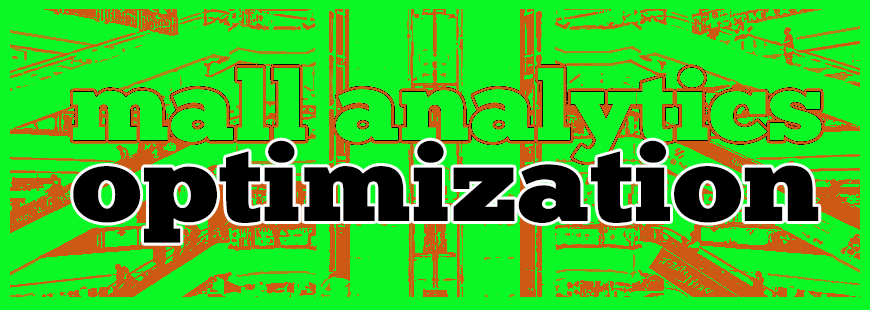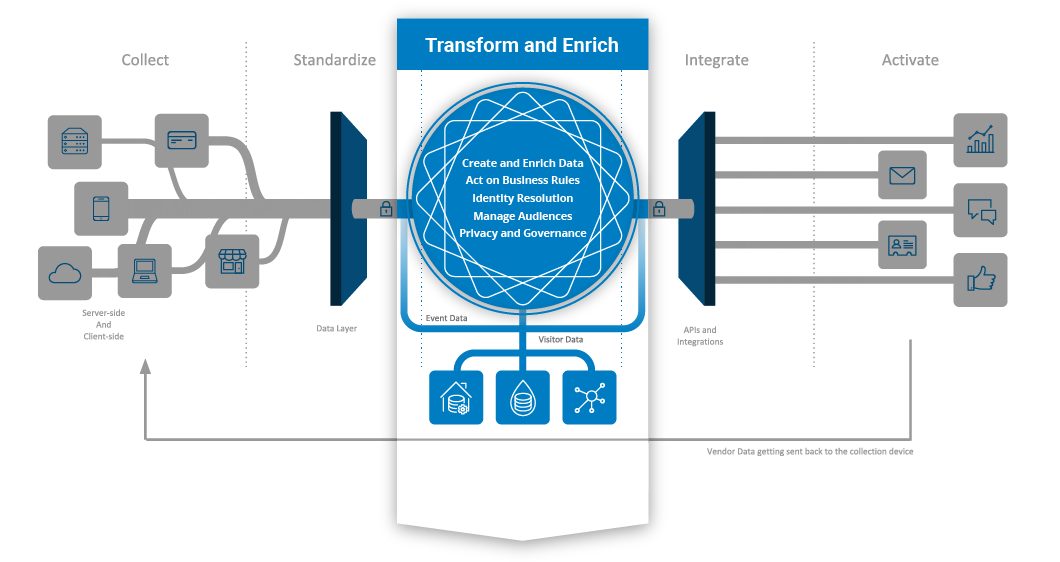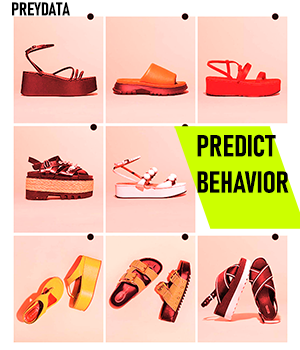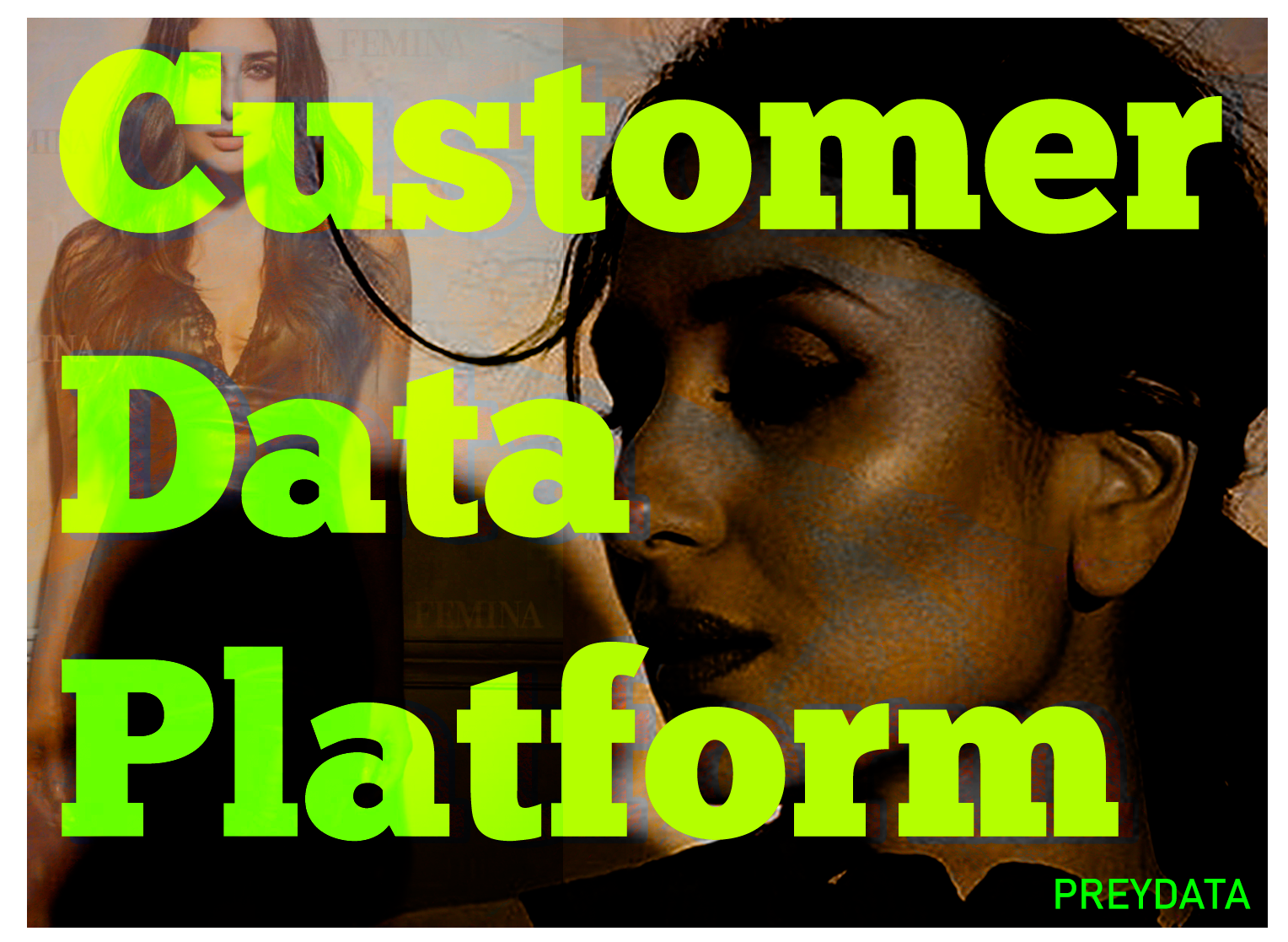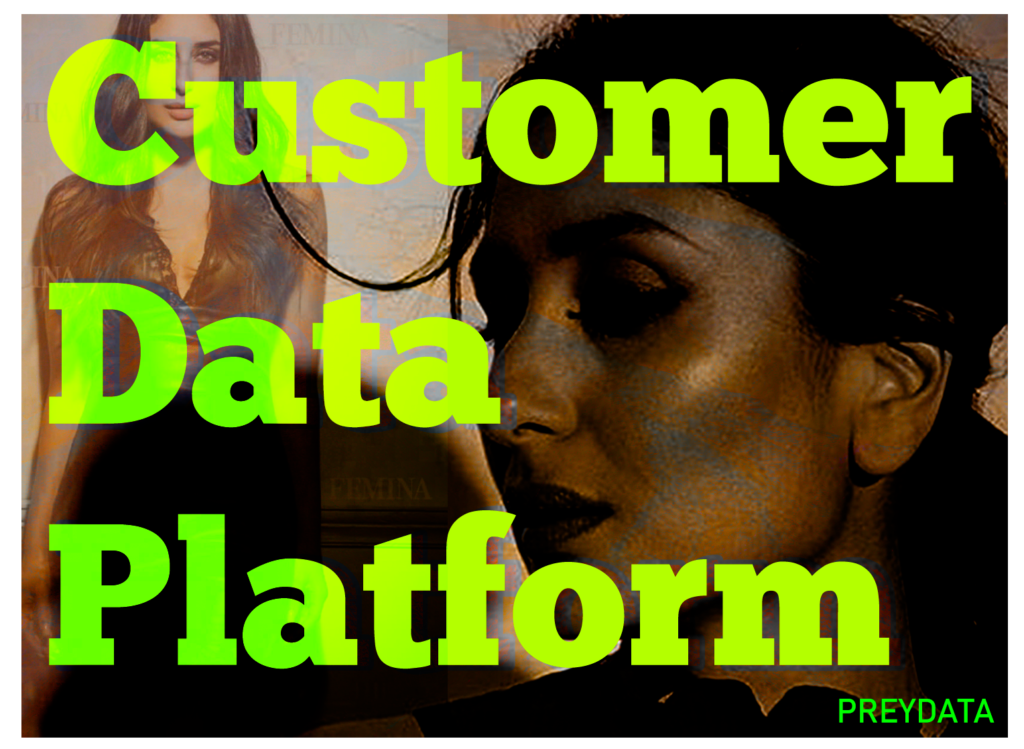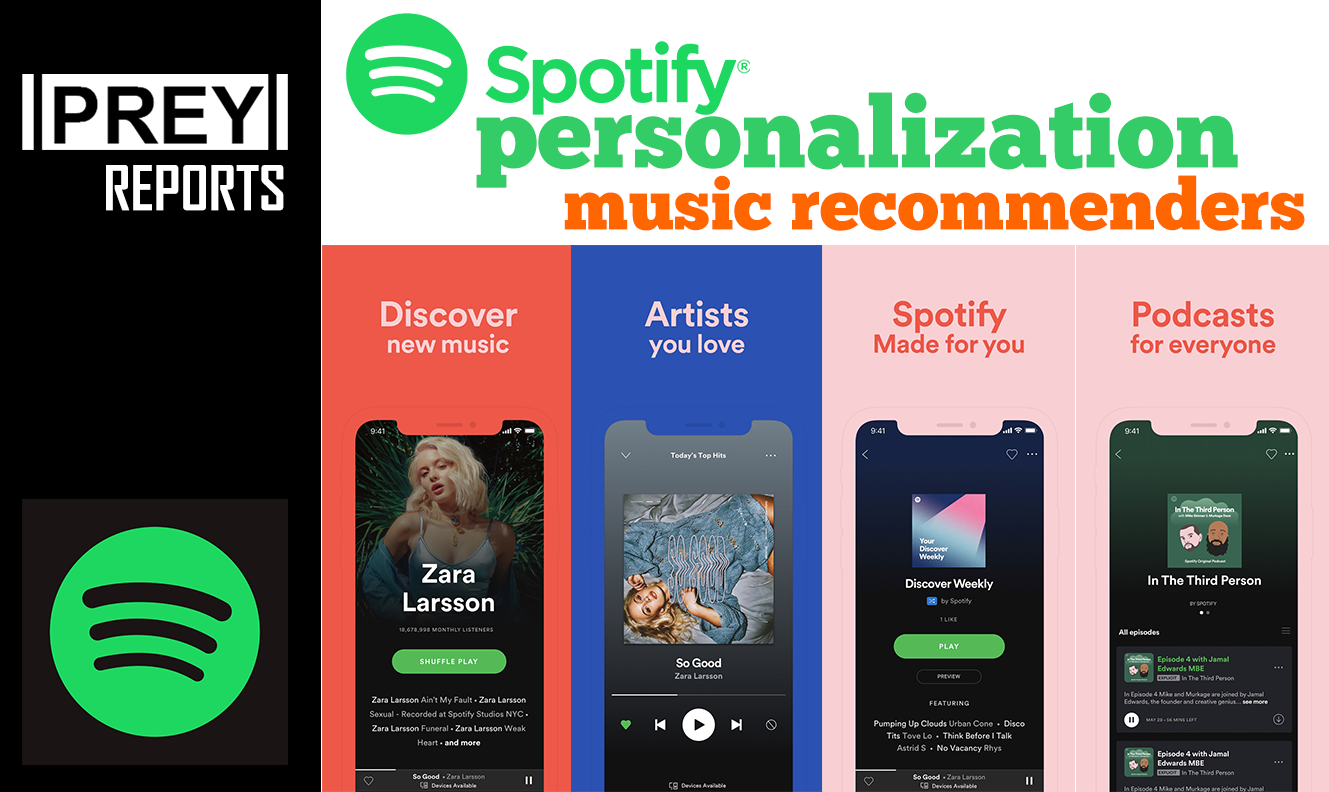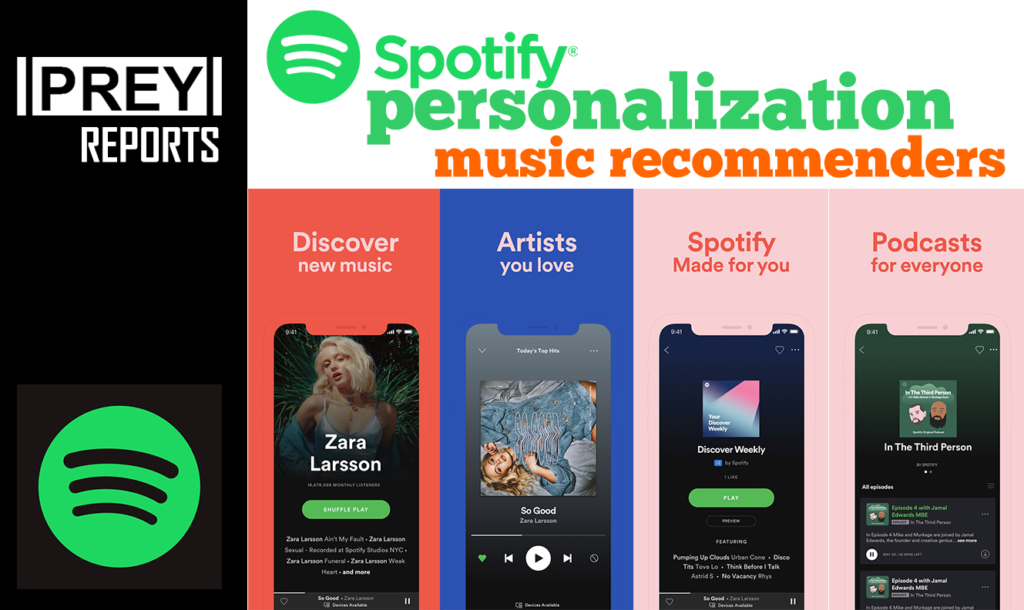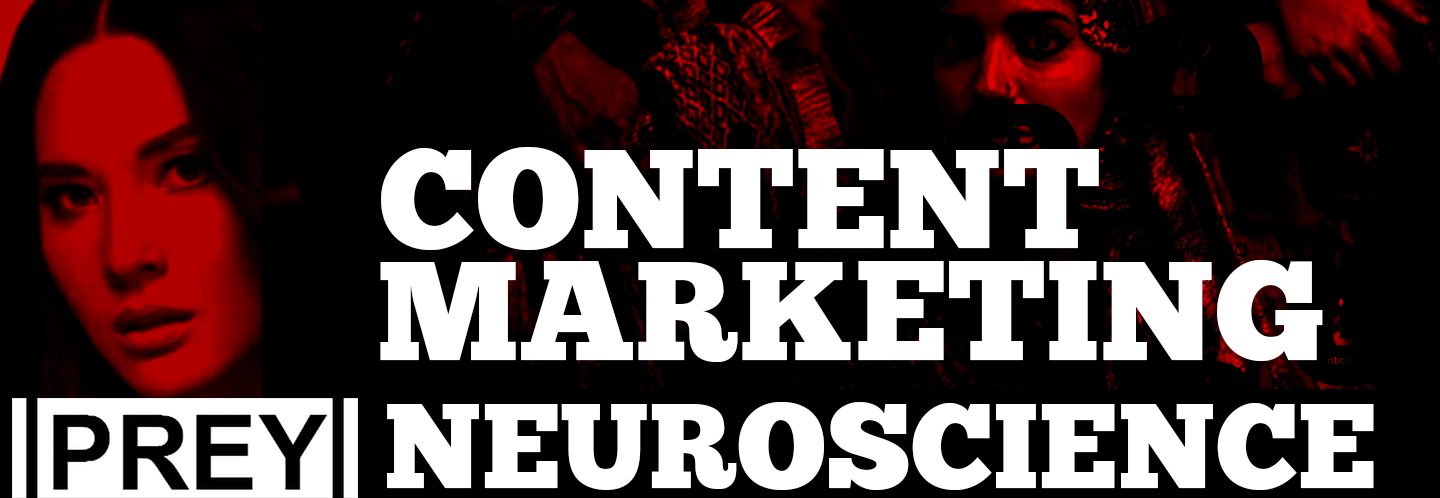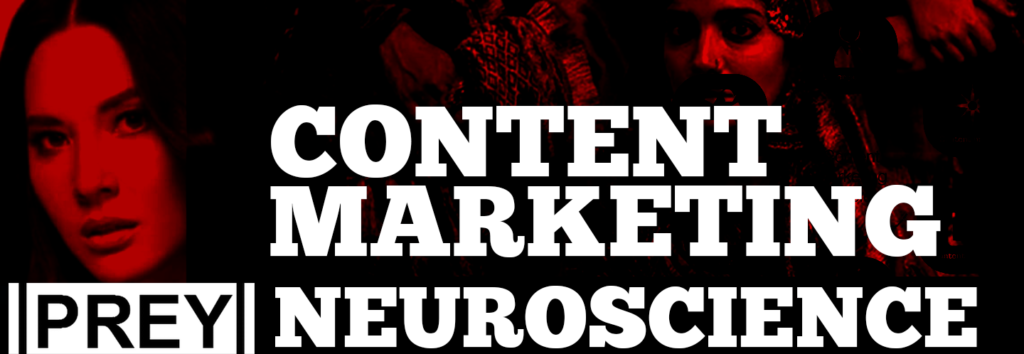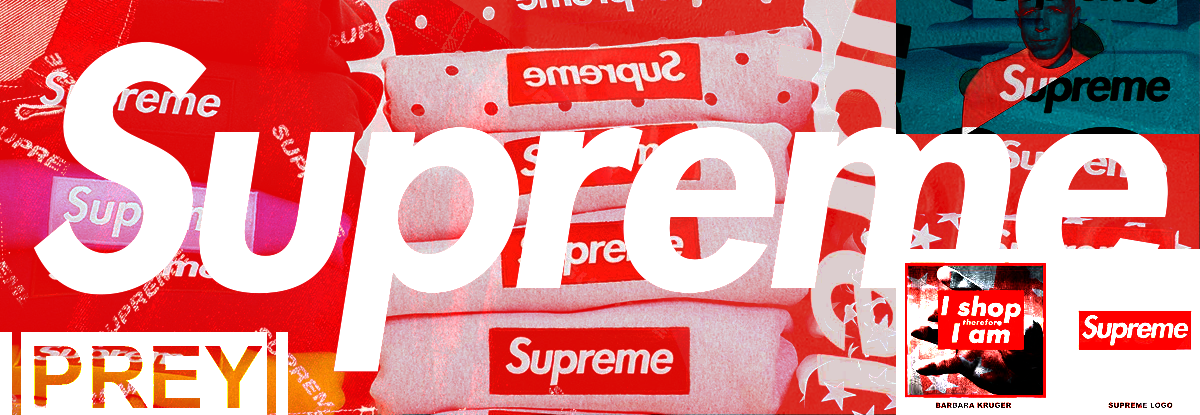As the economy is getting battered due to Covid 19, OTT consumption is scaling up; Mobile has become the Home for Premium video consumption.
This emerging landscape has provided a great opportunity for Marketers and Agencies to work towards creating the much-needed rich creative environment that can aid impactful Creative Storytelling powered by Data-led In-app Programmatic Targeting. Buoyed by the surge in demand for Online Video, Media planners are increasing their programmatic budgetary allocations for OTT services.
As Marketers we need to explore the emerging contours of this exciting digital marketing opportunity and delve deeper into how to make the most of this data-led programmatic and mobile goldmine.
And understand how the growth of the OTT provides marketers a great opportunity to be seen and heard in the right environment, by the right audience and at the right time. Some Key Questions to ponder
- What is the DNA of the post-pandemic consumer who has gotten used to staying at home more than ever in their life and how best to serve them?
- What does it mean to the ecosystem of brands, advertisers, and media planners?
- How in-app programmatic video can bridge creative and data for brands and publishers?
- What kind of skill sets are needed to tackle the needs of this ‘new’ consumer set and target them with the right creative?
- How to strategize the increasing relevance and importance of data safety in the emerging landscape.
- Can the premium nature of programmatic video be the answer to many of the challenges being faced currently?
- What needs to be done to unlock this opportunity to the optimum?
